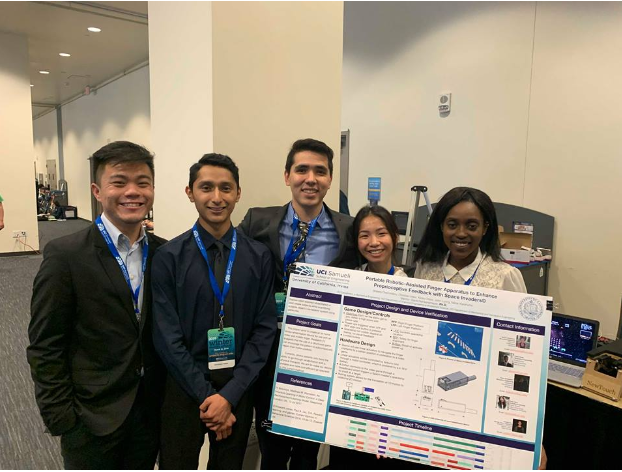Market Strategy
We are primarily looking for post-stroke patients or patients with proprioceptive dysfunction to utilize our product. Sources says that by 2024 the neurorehabilitation market will reach 3.3 billion dollars.We plan to introduce the device as a deviation between traditional physical therapy techniques by incorporating the somatosensory system coupled with robotic finger therapy. With our products patients that have limited time, money, and transportation, and essentially they would benefit by having a portable at home setup. But how will we get this product in the homes of these patients? As we have been taught the product will be introduced into an ecosystem of people. The ecosystem is the connection between the patient, doctor, physical therapist, and insurance companies. NewTouch plans to attend conferences such as USA Medical Doctors Conference 2019-2020, NeuroRehabilitation 2019: Harvard CME, ICRA 2019- IEEE International Conference on Robotics and Automation, Insurance Summit | A Premier Insurance Conference. NewTouch understands the importance of doctors whom hold the key to insurance coverage, and also knows partnering with insurance companies is important in the patients savings.
Competitor Analysis
Because proprioception is still being researched, there are few companies that have in our specific field.
One potential competitor is the Music Glove which aims to assist in moving the patient’s individual fingers through mimicking finger patterns with a game similar to Guitar Hero©. At home use for this device runs about $550. This device does not use a motorized servo motor to assist in the movement of the fingers and instead uses a glove like item to have the patient move on their own to form the finger patterns. The makers of Music Glove also have a device called FitMi which is a device used for full body recovery.
Our device will have a large impact for proprioception dysfunctional stroke patients looking for at home therapy. The rehabilitation device industry still does not specifically target regaining proprioception. By ensuring that our device restricts the view of the patient's finger, the patient is able to focus on the orientation between the two fingers being tested.

